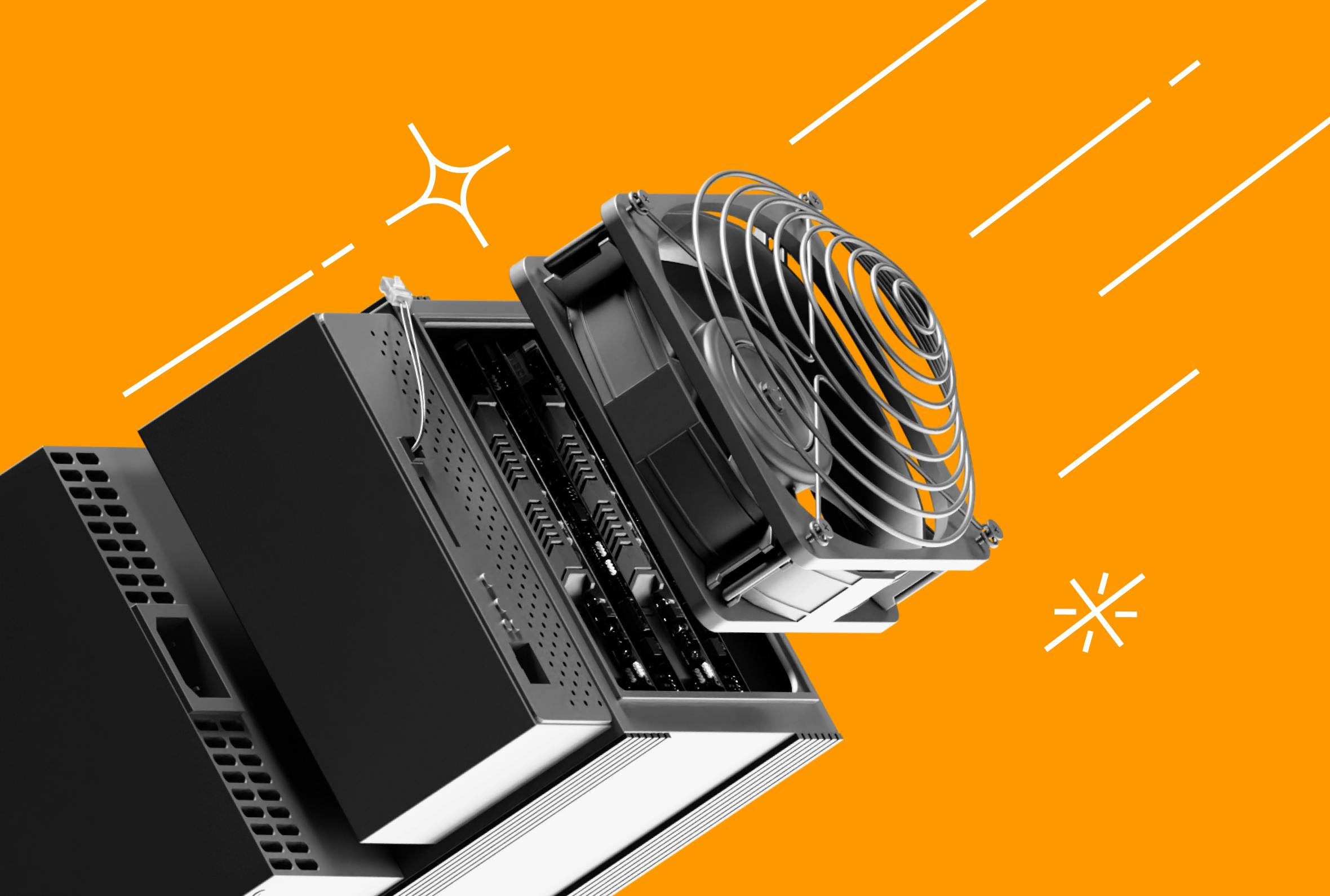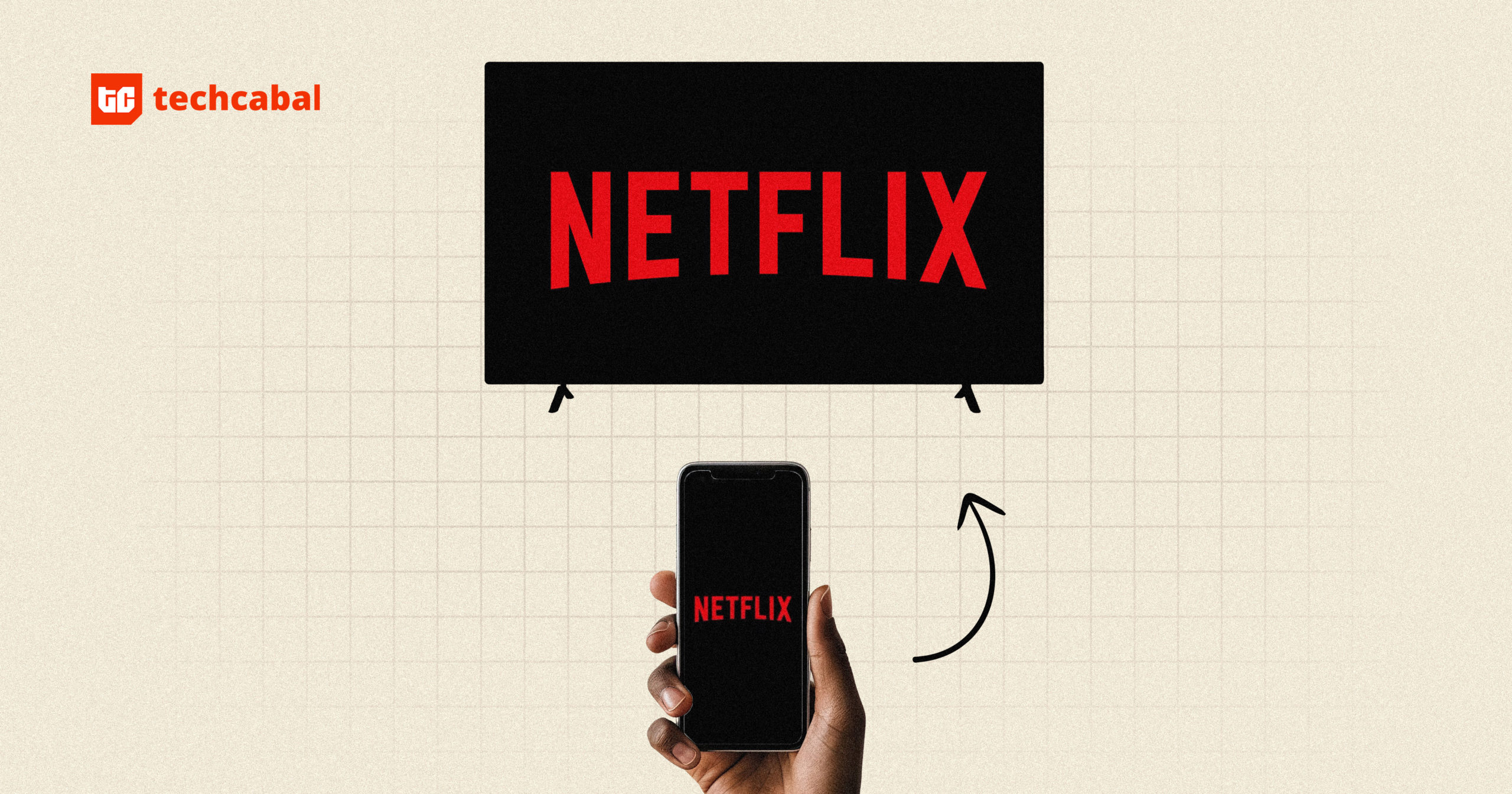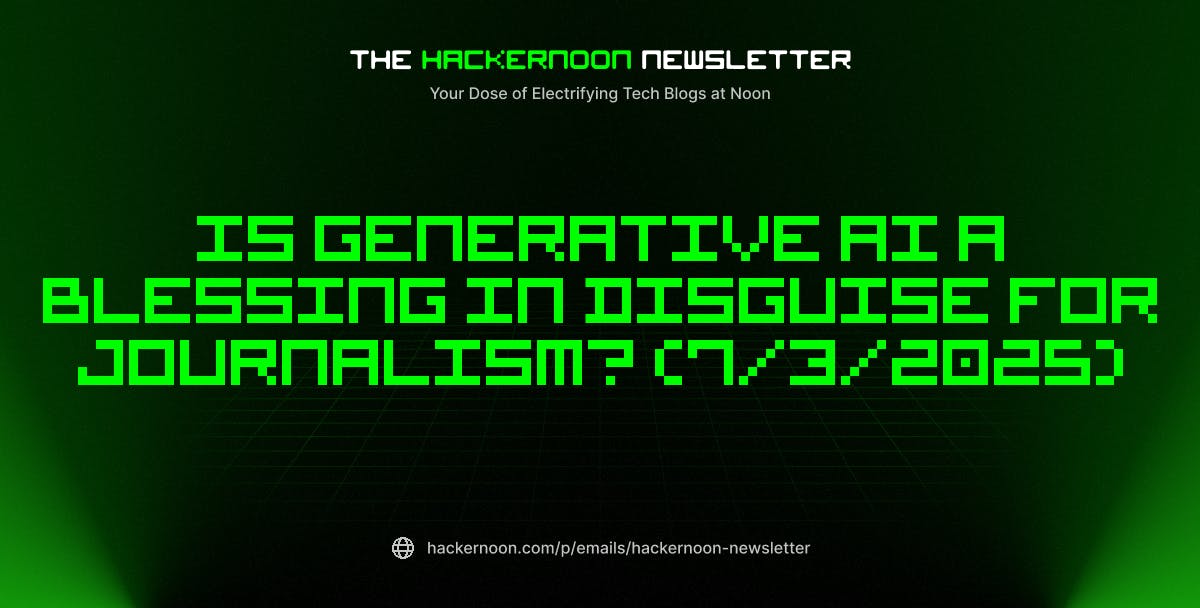In just over a year, the Bitcoin network grew by more than 300 EH/s, closing out 2024 at a record 808 EH/s. By June 2025, it climbed to nearly
943 EH/s before falling back to around 861 EH/s due to localized shutdowns and regulatory setbacks.That is not just growth. That is pressure. Miners are fighting to stay above water as network difficulty keeps rising and hashprice remains disappointing.
The post-halving reality is tough. April 2024 slashed block rewards in half, but electricity costs stayed the same. Miners are left with a clear choice: adapt or disappear. In 2025, Bitcoin mining is no longer about brute force. It is a test of resilience.
Key Trends Shaping the Market
Hydro-Cooling and the Efficiency Race
Advanced cooling is no longer a futuristic advantage — it is becoming a baseline requirement. Bitmain’s S23 Hydro, offering 9.5 J/TH, has become a go-to for industrial-scale operations. Facilities in Paraguay and parts of Canada now rely on immersion and hydro systems to stay viable. Smaller players, including startups like Auradine and firms like A.R.T. Digital, are also pushing efficiency through airflow optimization and better heat dispersion.
But not all miners can afford these upgrades. Operators without access to modern infrastructure are being priced out. Immersion and hydro setups are scaling up fast, and those that lag behind are seeing their margins erode. The efficiency race is about avoiding obsolescence.
AI / HPC Integration: The Dual Infrastructure Play
Some miners are quietly shifting their business models. With ASIC profitability under pressure, parts of the industry are redirecting power and physical space to AI or high-performance computing (HPC). These workloads, especially training large AI models, often generate more revenue per watt than mining.
In the U.S., firms like Applied Digital and Crusoe are trying to offset mining losses by offering compute services using stranded or flared energy. Crusoe is reportedly running AI training workloads, but managing GPU infrastructure involves higher complexity, including cooling, system integration, and software maintenance. These setups also depend on favorable regulations, especially around flared gas use, which could change.
Applied Digital’s financials suggest much of its revenue still comes from prearranged deals rather than stable demand. For now, this shift appears more like a stopgap than a reliable business model. Whether it can support long-term operations remains uncertain.
The Rise of Hashrate Derivatives
The hashrate derivatives market is no longer a novelty. According to Luxor, OTC volume has increased more than fivefold, and Bitnomial now offers regulated futures contracts tied to hashrate, allowing miners to secure future revenues in an increasingly volatile environment.
Some miners use forwards and options to protect against price swings, rising network difficulty, and unpredictable fee dynamics. Institutional players are also entering, viewing these instruments as a way to gain indirect exposure to mining without the capital costs of hardware or infrastructure. Even Bitfinex now includes them as part of its mining risk strategy, a notable shift from the earlier, simpler model of holding mined coins.
But this financial layer comes with its own problems. These instruments are structurally complex, not widely understood, and often thinly traded. For many participants, especially smaller operators, the risks of mispricing or lack of liquidity may outweigh the benefits. It remains unclear whether this trend will improve resilience or simply deepen mining’s dependence on financial engineering.
Holding BTC Isn’t Dead
Despite continued volatility, some miners are still holding BTC on their balance sheets. CleanSpark and Riot Platforms are among those maintaining a treasury-style approach, treating Bitcoin as a long-term asset rather than short-term revenue. Outside the mining space, Green Mining is reportedly pursuing a $1 bln SPAC aimed at building a BTC reserve vehicle — a sign of growing financialization around Bitcoin exposure.
In June 2025, Cipher Mining raised
This is no longer just passive holding. Many of these strategies involve leverage, structured debt, and balance sheet risk. The core assumption, that BTC will outperform over time, remains untested in a prolonged downcycle. If market conditions shift, these positions could become liabilities faster than expected.
Scale vs. Adaptability
The core issue in mining today isn’t hardware. It’s positioning.
Large-scale players still win on electricity rates and infrastructure scale. But they are vulnerable to market shocks. On the other hand, adaptive firms, those integrating AI, using hedging tools, or building treasury-focused strategies, may have more options when conditions shift.
Here’s a snapshot of how strategies currently stack up:











